Gaza Has No Domes, Minarets Two Years after Start of Genocidal War
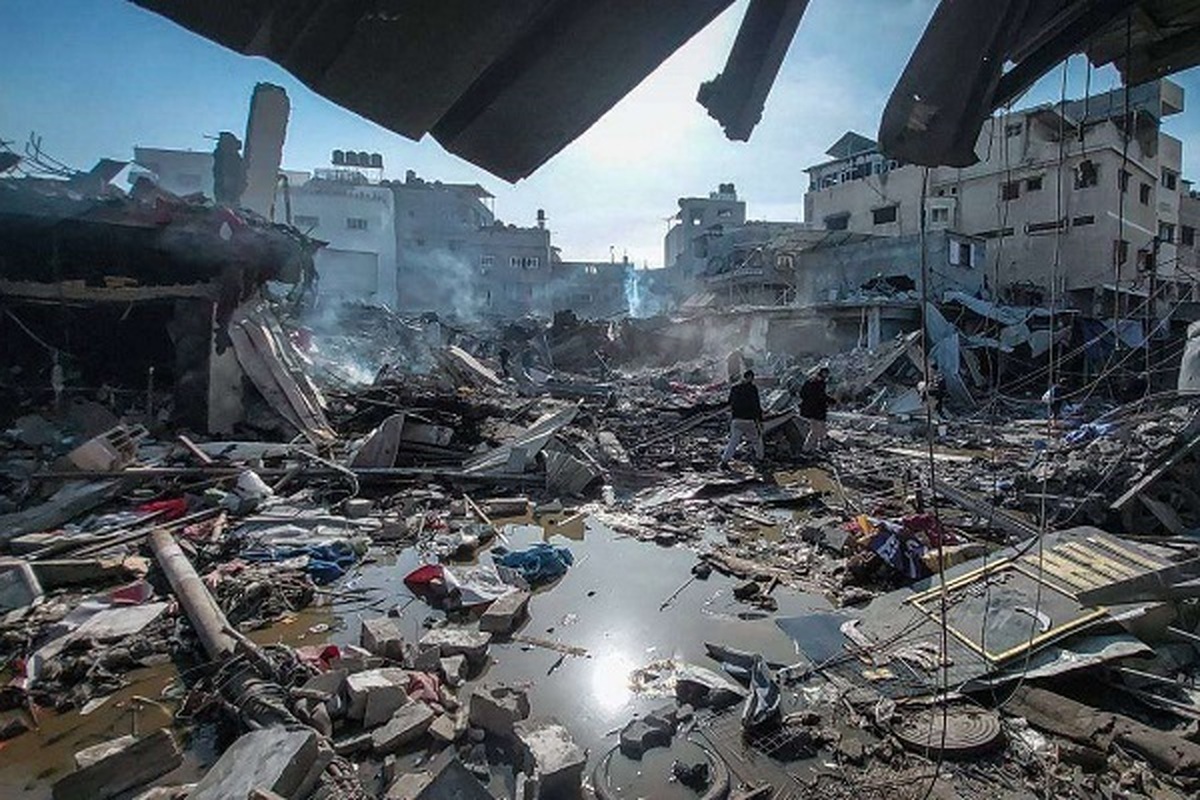
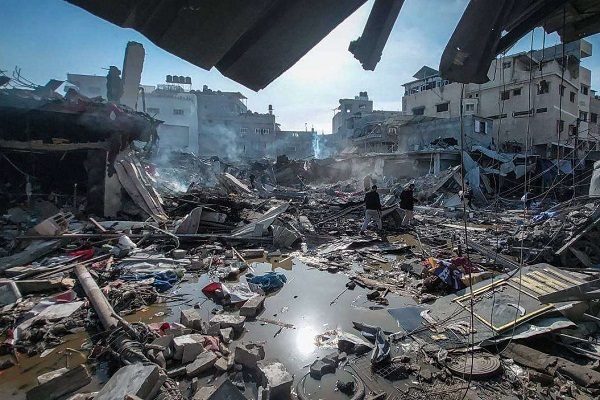
According to official data, the Israeli regime’s army has completely destroyed at least 835 mosques and partially destroyed more than 180 mosques out of the 1,244 mosques in the Gaza Strip.
The genocidal war that Israel has waged in the Gaza Strip for two years has shown no mercy to the people or homes, and with its destructive machinery has targeted historic and ancient minarets and mosques that have symbolized the identity and historical depth of Gaza for centuries.
In addition to thousands of civilian casualties and homes reduced to piles of rubble, the scope of this targeting has also expanded to include mosques and minarets, which today lie in ruins.
Many of these mosques, dating back to the Mamluk and Ottoman eras, have been reduced to rubble, while others have been severely damaged, in a war that threatens the religious and historical heritage of the Gaza Strip.
The Worst Types of Bombing
According to the latest statistics from the Palestinian Government Media Office in Gaza, the Israeli army has completely destroyed at least 835 mosques and partially destroyed more than 180 mosques out of a total of 1,244 mosques in the Gaza Strip.
Read More:
The most prominent mosques targeted by Israel since the start of the devastating war on October 7, 2023, are as follows:
Al-Omari Grand Mosque
The mosque has 38 beautiful and sturdy marble columns that add beauty to the mosque and its rich history. It is considered the largest mosque in the Gaza Strip. Throughout its long history, the site has been transformed from an ancient Palestinian temple to a Byzantine church and then to a mosque after the Islamic conquest.
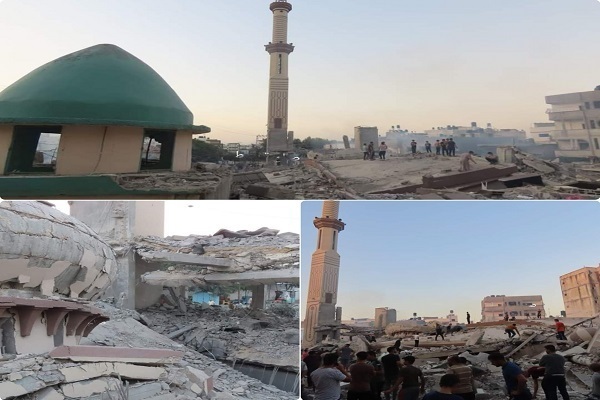
The mosque has been destroyed several times throughout history due to earthquakes and the Crusades, and has been rebuilt in different periods, from the Mamluk to the Ottoman era. It was also destroyed again during World War I and rebuilt in 1925 before being targeted by Israeli bombing in the current war.
Sayyid Hashem Mosque
Located in the Daraj neighborhood in eastern Gaza City, this mosque is said to be the tomb of Prophet Muhammad’s (PBUH) grandfather, Hashem ibn Abd Manaf, whose name is associated with the city of Gaza Hashem. The mosque suffered significant damage from Israeli airstrikes during the Gaza war.
Grand Mosque of Katib Wilayah
This mosque, which shares a wall with the Church of Porphyry, was one of the most important historical mosques in Gaza City. Its area is estimated to be approximately 377 square meters. The mosque was built during the reign of Nasser Muhammad ibn Qalaun, one of the Mamluk sultans in his third reign, between 1309 and 1341 AD.
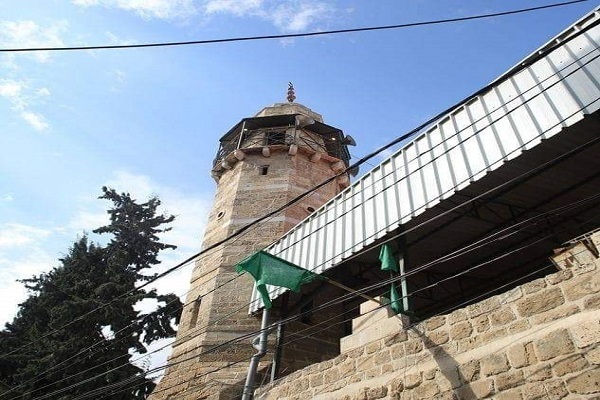
During the current war, the mosque was hit by Israeli artillery shells and suffered extensive damage.
Ibn Othman Mosque
The second largest historical mosque in Gaza City after the Al-Omari Grand Mosque, this mosque covers an area of approximately 2,000 square meters. Located in the Shuja’iya neighborhood on Al-Souq Square Street, the mosque is an outstanding example of Mamluk architecture, with distinctive architectural and decorative elements. The mosque was built in several stages during the Mamluk period.
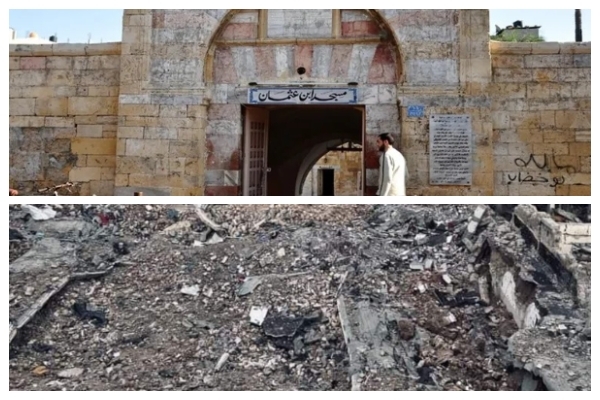
It was built by Ahmad ibn Uthman, who was born in Nablus and later moved to Gaza and settled there. He built the mosque and made it his place of worship. He was known for his piety and famous miracles, and died in Gaza in 1402 AD.
Ali ibn Marwan Mosque
One of the most famous mosques in Gaza City, it is located in the Taffah neighborhood, outside the eastern wall of the Old City. The mosque covers an area of approximately 320 square meters and dates back to the Mamluk era. The mosque is named after Sheikh Ali ibn Marwan Saleh, whose tomb is located under the dome attached to the mosque.
Read More:
Adjacent to the mosque is a cemetery named after him, containing tombstones that are considered important and of the highest quality historical documents.
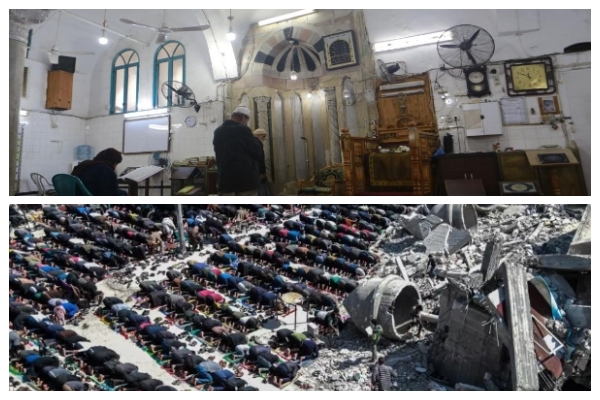
The mosque was founded in 1371 and has undergone several renovations and additions over the centuries, retaining its religious and historical significance in the memory of the people of Gaza. However, it has not been spared from the Israeli destruction machine in the current war.
Al-Zafar Damari Mosque
Located on the eastern edge of the old city in the Shoja’iyeh neighborhood, this mosque covers an area of over 600 square meters. Its entrance, reminiscent of a horseshoe arch, is considered one of the most beautiful entrances to a monument.
The mosque is named after its founder, Shahab al-Din al-Zafar Damari.
A sandstone plaque dates the mosque to 1361 AD, but this unique date did not protect it from Israeli destruction.
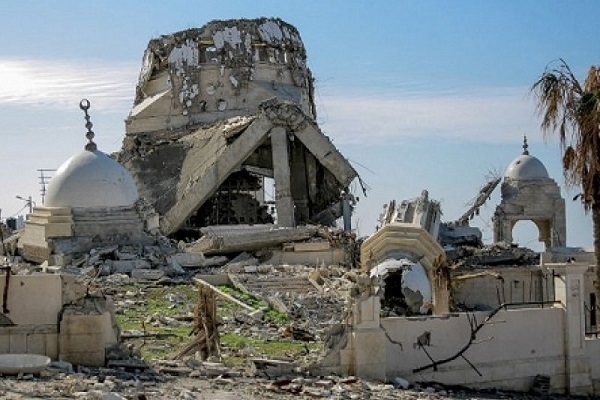
Mahkama Grand Mosque
This 546 square meter building, located in the Shuja’iyah neighborhood of Old Gaza, was originally built as a school in 1455 AD by Mir Bardbek al-Dawdar during the reign of Shah Ashraf Abu al-Nasr Inal.
The building consists of an open courtyard surrounded by a series of rooms and facilities. It was called the “Court Mosque” due to its use as the seat of the Sharia court during the Ottoman era. It is one of the most important historical mosques to have been destroyed in the current genocidal war.
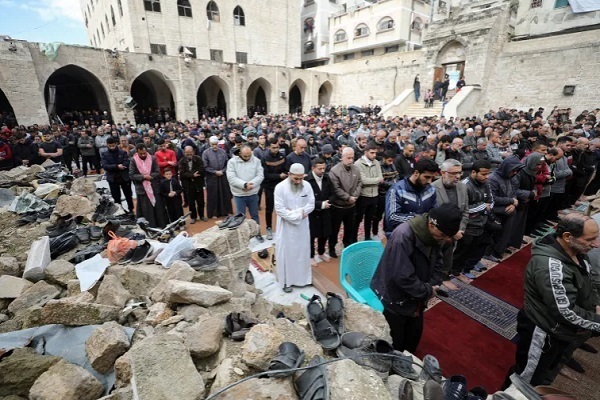
Sayyida Ruqyah Mosque
Located in the eastern part of Gaza City in the Shuja’iya neighborhood, this building covers an area of 174 square meters and includes a porch and a mihrab, both of which were destroyed by Israel in the current genocidal war.
The building is named after a woman who is said to have been the wife of one of the Ottoman rulers of Gaza. Others say that the building is attributed to Ruqayyah bint Ahmad, who is buried near the Ali ibn Marwan Mosque.
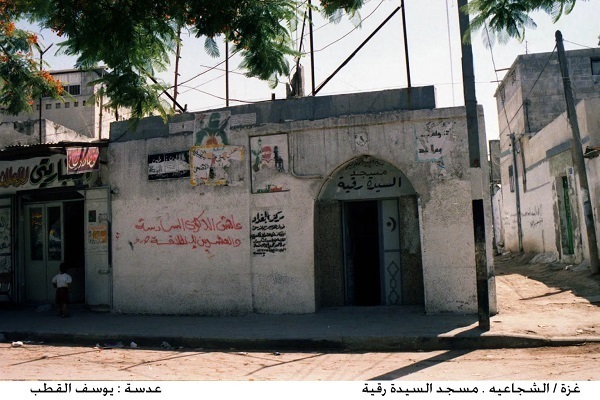
Sheikh Othman Qashqar Mosque
One of the oldest historical mosques in Gaza City, built in 1223 AD, it has an area of only 70 square meters.
The mosque is named after Sheikh Othman Qashqar, who is said to have been of Iranian or Albanian origin.
A marble slab engraved with the date of its founding makes it one of the city’s most revered mosques. However, it was not spared by the Israeli destruction machine.
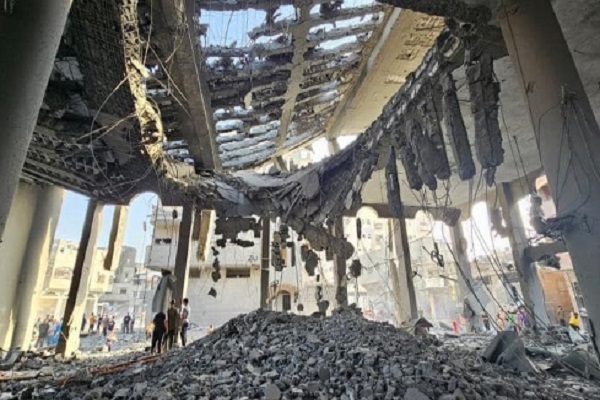
Khan Yunis Grand Mosque
This is the largest mosque in the city of Khan Yunis in the southern Gaza Strip. The mosque was built in 1928 and later expanded in 1954, with a minaret added. A committee was formed to support the construction of the mosque, which consisted of a group of prominent people in the city.
It covers an area of approximately 3,300 square meters and includes an enclosed space which is approximately 900 square meters in area. Outside, there is the mosque courtyard and some service rooms that make up the rest of the area.
The mosque was bombed by Israeli forces during the current war, leading to its destruction.
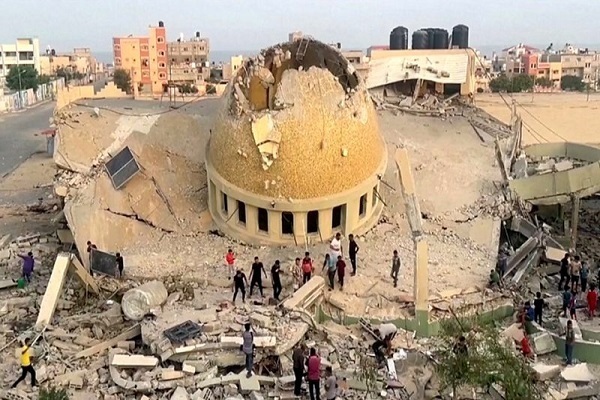
Israel, with the support of the United States, has committed genocide in Gaza since October 7, 2023, leaving 67,173 martyrs and 169,7,78 wounded, most of whom are children and women. Famine has also claimed the lives of 460 Palestinians, including 154 children.
The destruction of mosques has official Zionist support, with Itamar Ben-Governor, the minister of internal security of the Zionist regime, claiming that mosques have become one of the main centers of terrorism against Israel.
Read More:
It should also be noted that the Zionist warplanes have also destroyed the main building of the Ministry of Awqaf and Religious Affairs in Gaza and the headquarters of the Holy Quran Radio of this ministry in the Palestine Tower.
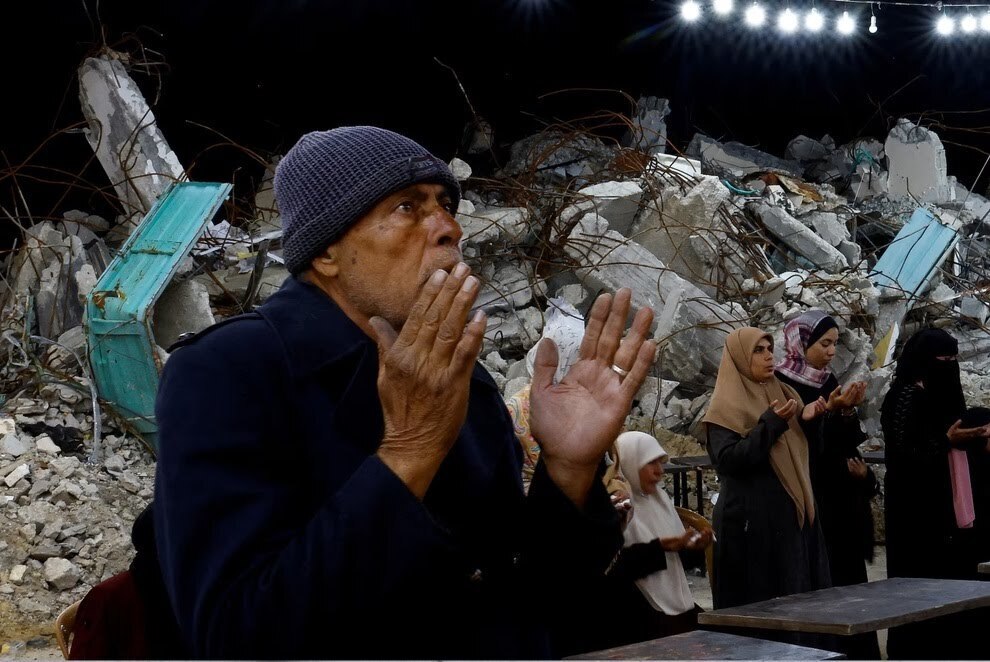
They destroyed mosques and turned these places of worship into piles of dirt. With each mosque they destroyed, they displaced dozens of worshippers and their neighbors, and destroyed the awqaf and service centers around them.
These mosques were centers of public gatherings, and around them were built service and livelihood facilities, housing, markets, and schools.
4309516



